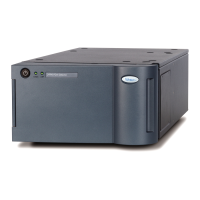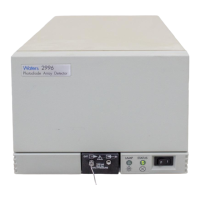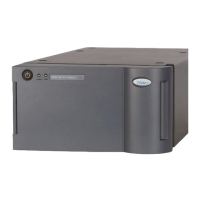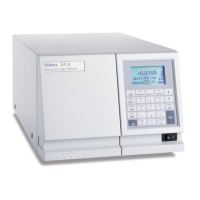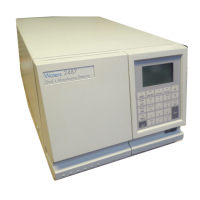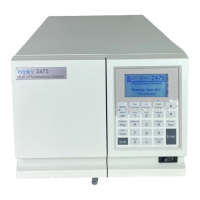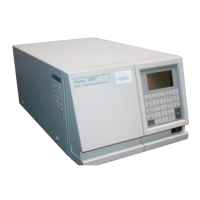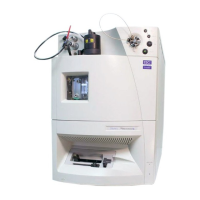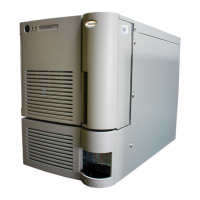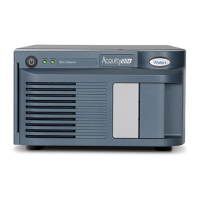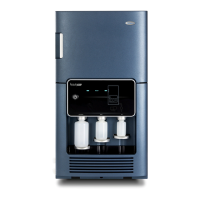Why is there a change in the reference spectrum in Waters 2998 Security Sensors?
- SStephanie MaloneJul 25, 2025
A change in the reference spectrum may occur in Waters Security Sensors if the mobile phase contains gas or is contaminated. To resolve this, prepare a fresh mobile phase and degas it thoroughly. Another cause might be air bubbles trapped in the flow cell. In this case, reseat and check the alignment of the flow cell. You can also flush the flow cell or apply slight backpressure of 207 to 345 kPa (2 to 3 bar, 30 to 50 psi) on the detector waste outlet by connecting a 1- to 2-foot (30- to 60-cm) length of 0.009-inch (0.23-mm) ID tubing to the detector waste outlet.
